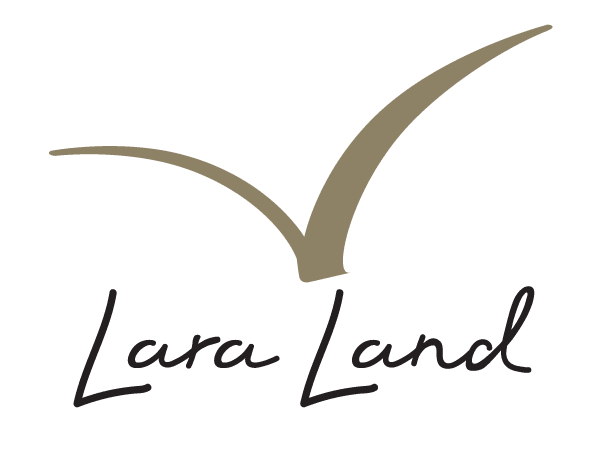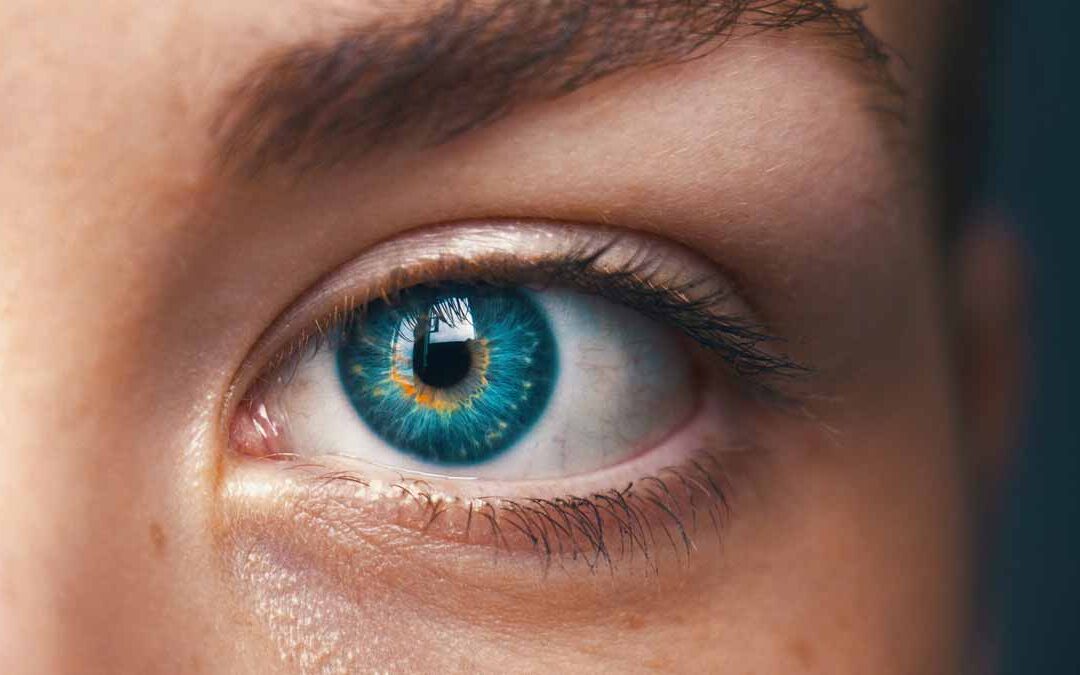It’s parents and teachers’ common concern about their kids, calling on children to “pay attention” when they stare out the window or fidget at their desk. However, as we can see examples of so many times even though we often ignore or override them, our bodies know first and often best what we need to succeed.
Plugging away at a problem may just be the opposite of what we need to solve it.
Every go to sleep with a problem in mind you need to solve and wake up with it all figured out? Turns out our brains love soft focus and often need us to relax and open up to do what they do best.
How do we do this?
Taking a thirty minute walk, going to a yoga class or stepping away to read something unrelated from a physical book are all good ways to relax our brains and let the answers flow to us but may sometimes feel too time consuming.
Here’s another option…Relax your eyes.
They say the eyes are the windows to the soul, but they are probably more likened to the windows to the brain. When we are doing work at a computer or on our phones as so many of us spend most our days doing, they are focused tightly to one spot. This narrow focus has its place but is unnatural in our evolutionary history to hold for so long.
You can switch the state of your mind and body quickly by switching your visual focus to a softer, broader focus. Try it now. Look straight ahead. Now without moving your eyes, relax your gaze and take all of your scope of vision to the ends of your periphery with our moving the eyes or straining. Do this for a few minutes and you will reset your nervous system, engaging its calming parasympathetic branch.
This wide relaxed gaze is the opposite of tunnel vision. It takes in your whole environment and tells your body you are aware and safe, a perfect exercise for reducing stress and the impacts of trauma.
This is the place from which we can make better informed decisions and find creative answers to problems we most likely would not have discovered from zoning in. We are, quite literally, taking it all in.
This gaze happens naturally when we are relaxed, but the great thing is we can bring the relaxed state on by taking it purposefully, state shifting into a more open state. Anyone can do this.
If you are a trauma informed yoga teacher, you may want to use this at some points in your class. Where the eyes are looking in each pose is a central part to our teaching. Considering how you can cue for a softer and wider gaze may just be what’s missing in helping your yoga students to step into that chill, open minded state.
You might just be helping them to see the big picture and make a real transformation in their lives.


Recent Comments